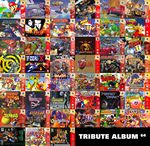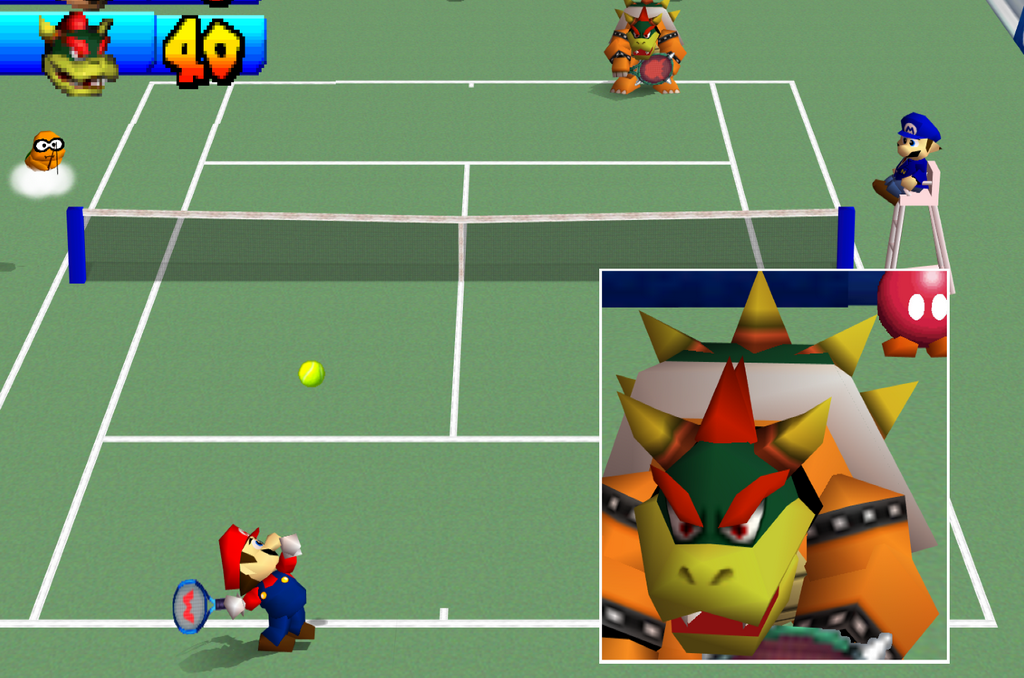by stablewp
It stands as an one-of-a-kind and splendid console also by today’s standards. Both from a technical as well as social standpoint, it was simply stupendous. This short article showcases the history of the Nintendo 64 in addition to explores it from a technological point ofview. If you’re like me, you likely have warm memories of this console. If you’re interested in the technological bits, avoid in advance to the architecture.
To set the stage, the N64 was first released in Japan in 1996. When you think of the 1990’s you might consider the pocket-sized Gameboy color with Pokmon Red and Blue. However in reality, the Gameboy color didn’t appear until 1998, two years after the N64 came out.
The Gameboy at the time was the impressively big and heavy, Gameboy. With a grayscale screen and packed with 4 AA batteries, it was a brick of a pc gaming experience. The Gameboy pocket (a slightly smaller variation of the successful gameboy) had actually appeared in some markets, but really did not see the exact same widespread schedule as the original Gameboy.by link roms-download.com website
This is to show the sheer insaneness that the Nintendo 64 stood for, specifically in the sub $300 rate factor. The concept of a 64 bit console with 3D graphics simply under six years after the 16 bit SNES seems practical in knowledge however crazy at the time.
Allow’s dive into the systems of itself. It has a few peculiarities. You’ve possibly observed the wonky shape of the controller(and most likely if you read this, you used it). It commonly really felt that you required three hands to actually appropriately make the most of the all the buttons.
You’ll discover it has an analog stick. This was the very first industrial computer game with an analog stick as its primary input device. The D-Pad had been the defacto requirement for decades and Nintendo personally had a lot of good modern technology and experience with making 8-way D-Pads.
An enjoyable tale from one LucasArts developer is that only particular members of the advancement group were allowed to know what the controller looked like. So they had to be kept in a card box with holes cut in so you can get to inside and handle the controller. The usual joke on the developer team is that the controller was a bowl of telepathic water you stuck your hand right into, yet certainly, you needed to assume in Japanese.
Along with the spear like form, the control stick had on its face sharp, increased circular ridges that if played also hard, might leave marks on your thumb or hand. We’ll talk about the commercial design and thinking behind the controller later on as soon as we start discussing the technological architecture of the console itself. Allow’s speak about the background of Nintendo as it assists comprehend a great deal of their choices. This section will certainly be pretty quickly.
Nintendo was founded in 1889 as a Hanafuda (花札) manufacture. Hanafuda are a type of playing card. After Japan closed all contact with the western world in 1633, the Federal government forbade the playing cards that had been introduced by the Portuguese in the mid 16th century. It was a 48 card deck with 4 suites and looked rather comparable to the 52 card deck we have today. In action to the ban, cards came to be camouflaged, often with blossoms.
As the Government caught on, they started to disallow the new types of the having fun cards. Card makes reacted by further obfuscating the cards, end up being more and more sophisticated as time went on. In fact, to this day, Nintendo still makes Hanafuda cards themed with different computer game IP that they possess. The point of this intro is that Nintendo has a history of being an underdog, taking their time, and being extremely protective/secretive concerning what they do.
The transforming point for Nintendo was available in 1956 when they saw the U.S.A.. The globe’s biggest manufacture of playing cards at the time was headquartered there. The present CEO (Yamauchi) was disappointed to discover the biggest business in their sector headquartered in a tiny drab office above a grocery store. When your biggest rival in your recognized industry remains in a little workplace, it is a great wakeup call that it might be time to increase to various other markets.
Between 1963 and 1968, they tried out. Taxi’s, resorts, immediate noodles, and vacuum cleaners were amongst several of the products they attempted. Nevertheless, despite their initiatives they located they were only proficient at making toys. The 1964 Olympics remained in Tokyo, provided a much necessary financial boom. The marketplace for toys was tight, competitive, and reduced margin. Electronic toys had greater margins and less competition. Nintendo had a routine of hiring skilled electrical designers to run their setting up and assembly line and those designers had a behavior of producing imaginative remedies for problems on the line.
One specific designer developed a robot arm as a type of toy. It was a brilliant layout that used what got on hand. Hiroshi Yamauchi, the CEO of Nintendo, came through the manufacturing facility in 1966 and saw the toy wherefore it was. They asked him to design it completely, which ended up being the Ultra Hand and was a huge success. The engineer, Gunpei Yokoi, took place to develop the Game & Watch Series and manage Donkey Kong, Mario Bros, Metroid, the Virtual Kid, to name a few. It was Yokoi that claimed:
The Nintendo means of adjusting modern technology is not to look for the cutting-edge but to utilize fully grown technology that can be mass-produced inexpensively.
An additional among their first genuine hits was the Nintendo Beam Gun, a duck quest like game. Keep in mind, Pong had not been also on the marketplace yet. Nintendo bought up old bowling lanes and made interior capturing galleries with their light guns. This proved to be pricey to maintain as it called for space and team so they chose to concentrate on home consoles and arcades rather than running their own spaces. The popular Mr. Video game & Watch was launched in 1981.
The computer game market in the USA crashed in 1983. While the precise cause is rather of a secret, Nintendo largely credited it to a spreading of mediocre high quality games that deteriorated customer depend on. Settlements with Atari to rearrange their home console, the Famicon (or the NES as it would certainly later on be recognized) had actually crumbled, Nintendo wasn’t a player in the US market. This left just Sega (an additional Japanese business) and Nintendo as huge players in the video game sector. Nintendo chose they would certainly not duplicate the error of Atari and other United States based firms and focus on each game they released having a seal of quality and up to their demanding requirements. This fad proceeded up until the later years of the Nintendo switch, where the bar for access was decreased rather.
The Nintendo 64
Currently allow’s take concerning the N64 itself. One significant feature concerning it is that the N64 was going to have a hard disk drive accessory (known as the N64DD). The job was started back in the SNES days as Nintendo partnered with another firm to create the hard disk drive, Sony. Rather late in the task, Nintendo took out for unknown reasons. Sony, not surprisingly huffed, determined to continue the job on their own, inevitably creating the PlayStation. Nintendo likewise intended to call it the Ultra 64, which you could see in chip names (NUS or Nintendo Ultra Sixty-four). Konami owned the duplicate right of a number of ultra-like video games (Ultra Football, Ultra Tennis, etc). Thinking through the implications, they rebranded to N64.
Leading up the launch of the N64, Nintendo really went on the hype circuit. At the time, a company called Silicon Graphics Inc (SGI), was known as a graphical technological giant. For 8 years (1995-2002) all the movies nominated for an academy award for aesthetic effects had their results produced on SGI systems. You may think of them as the NVIDIA of their day.
A SGI Onyx system, made use of for N64 growth, retailed for around $100,000-250,000 in very early 1995
When Nintendo was marketing what the full power of the an SGI system in a home console type variable with a home console cost. This wasn’t assisted by the fact that the demos that Nintendo flaunted were rendered on the exceptionally pricey Onyx server-class systems. We’ve obtained utilized to incredible quantities of computing power being stuffed right into every smaller areas thanks to smart devices and the cloud, but to place it in viewpoint, this would resemble Microsoft hinting that the following Xbox would certainly have the very same power as an entire Azure shelf.
The Onyx systems envisioned over were really frequently what was utilized for N64 advancement. Actually, one game studio informed an instead funny tale a few years later at a pc gaming convention regarding getting a telephone call from the FBI asking why they were purchasing several armed forces class super computers. Commonly, this system would be utilized for developing 3d versions, re-topologizing them, building the code, and since the style was similar enough, even run N64 simulations.
 Nintendo 64: Style and History |

